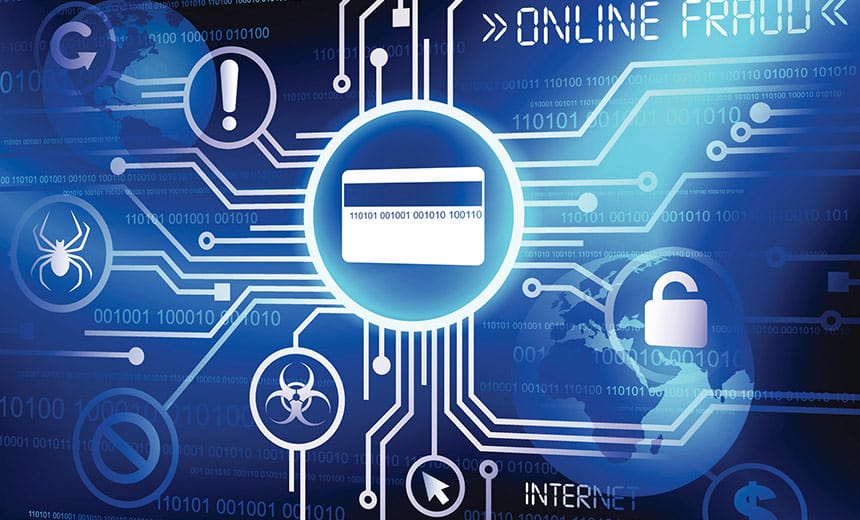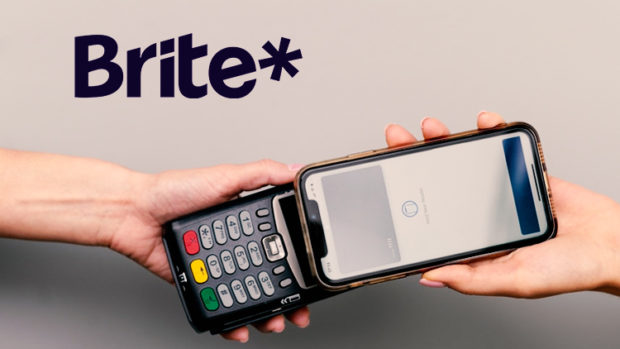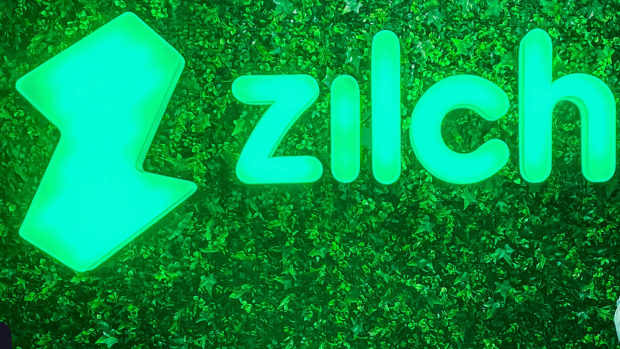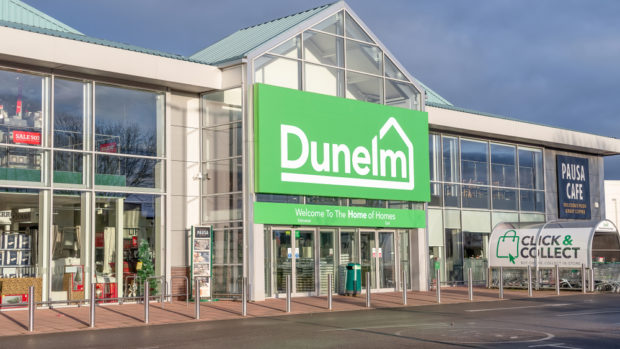
Embedded finance is one of the hottest trends in fintech, but despite the buzz about this transaction revolution across the industry, 49 per cent of consumers have never heard of the term ‘embedded payments’ and while a further 23 per cent have, they do not understand what it means. That’s according to new research commissioned by leading specialised payments platform, Paysafe in which 11,000 consumers across Europe, North America and Latin America were surveyed for the company’s latest Lost in Transaction research series.
The findings also show a strong correlation between the benefits embedded payments offer and consumers’ desire for convenience at the checkout. Of those that said their payment habits have permanently changed since the start of the COVID-19 pandemic, a quarter (24 per cent) of consumers are using digital wallets more frequently now than a year ago when paying for online purchases and 17 per cent are using mobile wallets more often. A third (33 per cent) of respondents globally report having paid for something via a digital wallet in the last month. The majority of businesses understand the need to adopt frictionless methods at the checkout and recognise the simplicity and convenience wallets provide too – as of October 2021, 61 per cent now accept digital wallets at the checkout and 26 per cent plan to introduce them before the end of 2022.
The research also shows a clear willingness from consumers who have heard of embedded payments to get to grips with the concept further, with 75 per cent of respondents saying they would be happy to use embedded payments going forward, with the top three transaction types being paying online (35 per cent), paying in-store (27 per cent) and paying for a meal (27 per cent). While over a third (36 per cent) of those respondents can see themselves using embedded payments to pay for check-out free stores such as Amazon Go in the next two years. However, this is conditional upon embedded payments becoming more widely available and more well-known, signalling the need for merchants to highlight the benefits and capabilities of embedded payments.
Megan Oxman, SVP new product development for Paysafe’s Digital Wallets, comments, “Consumers know when they’ve had a substandard experience. They know when there’s friction. With embedded finance, the payment aspect becomes so seamless that the consumer doesn’t need to expend any of the usual effort of locating their wallet or purse, entering card details or organising a transfer. Nor do they encounter any of the potential problems, such as dropped or declined transactions or long wait times as authentication processes take place. To a certain extent, the mark of a truly successful embedded payments transaction is for it to be so seamless that it’s entirely unnoteworthy. That said, broadening consumers’ knowledge around embedded payments and their benefits is no bad thing – particularly when it comes to addressing any lingering misconceptions.”
In terms of awareness, security and trust emerged as two areas that merchants need to address. 44 per cent of consumers said that security is the most important factor when choosing how to pay for an online purchase however, only 27 per cent imagine that embedded payments are more secure than traditional payments, while 3 in 5 (59 per cent) of those who have heard of embedded payments worry they could be charged the wrong amount when using them.
Digital wallets, which do not require card details for the payment to go through, address the concerns of consumers who don’t feel comfortable entering financial data online (58 per cent) and those who feel more comfortable using a payment method that doesn’t require them to share financial details with online merchants (70 per cent). When it comes to trust, of those who have heard of embedded payments 46 per cent stated that they would prefer using embedded payments offered by a trusted merchant vs. a traditional bank or an online bank – which rises to 53 per cent for the 25–34-year-old age group.
Oxman added: “From the findings, it’s clear that it’s important to highlight not only the speed, ease, and convenience benefits of embedded payments, but also showing that security and consumer control are bolstered rather than compromised. Those businesses who place a premium on educating customers about the benefits have a significant opportunity to gain a first mover advantage in today’s increasingly competitive market.”








Share